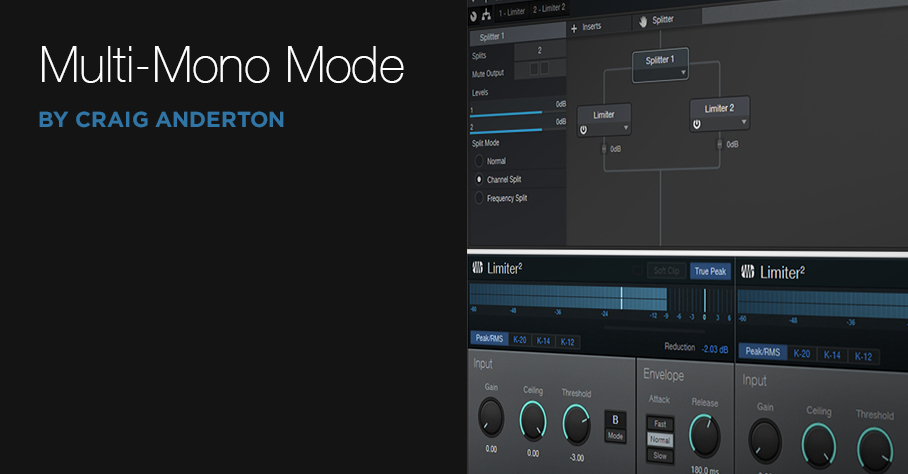

At the Output tab, click on “Default” to apply the default (recommended) settings that Pro Tools assigns to our interface. Navigate to the “Output” tab by clicking on “Output”. The only real inputs that come with this interface are the two main analog inputs (1/2) followed by the next 4 pairs of ADAT optical inputs.ĥ.

These last 5 pairs can be deleted if the user wants to see a “cleaner” input matrix, but realistically they do not affect the functionalities of the hardware nor the software. It is easy to note how these “Default” Input settings added 5 additional pairs of analog inputs at the end of the list that realistically do not exist since this interface only has the two main analog inputs (1/2). At the Input tab, click on “Default” to apply the default (recommended) settings that Pro Tools assigns to our interface. Note in our case, the I/O Window opened on the “Input” tab and it shows a completely empty list.įor the purpose of this tutorial, we will be using Pro Tools default I/O for our previously selected interface.Ĥ. The picture above shows the I/O Setup window. Once the new session has been created and the proper Playback Engine has been selected, the Pro Tools edit window (empty) should look like this: We can now move on to the setup of the audio Inputs and Outputs.ġ. The empty edit window will open again as:Īt this point we have successfully selected our audio interface as the desired Playback Engine. Pro Tools will save and re-start automatically with the new Playback Engine configuration applied. Press “Yes”, the Playback Engine window will appear again as:ħ.

Once clicked, Pro Tools will show the following warning:Ħ. For the purpose of this tutorial we will select “Universal Audio Thunderbolt” which refers to our Universal Audio Apollo Twin Thurnderbolt interface. From the Playback Engine drop-down list, select your own audio interface. In order to do this, click on “Built-In Output” and a drop-down menu will show with the different hardware options as:ĥ. For the purpose of our tutorial, we want to configure our own audio interface instead of the Built-In sound card of the computer. It is easy to see how “Built-In Output” has been set as the Playback Engine. The picture above shows the Playback Engine window.Ĥ.


 0 kommentar(er)
0 kommentar(er)
